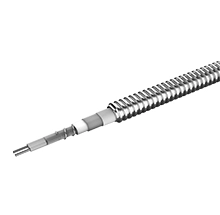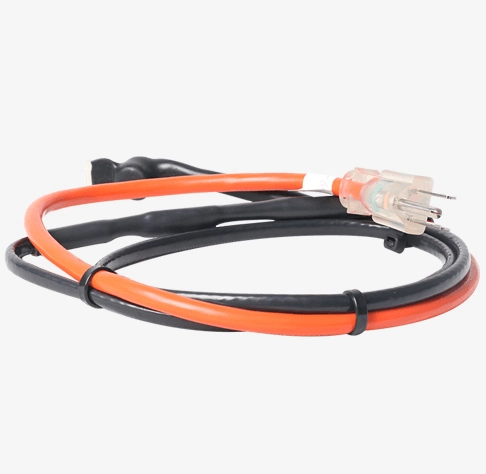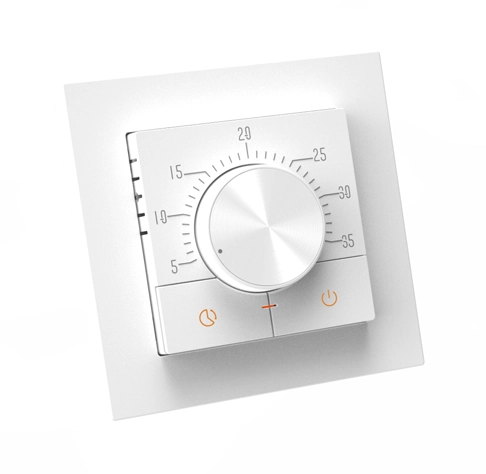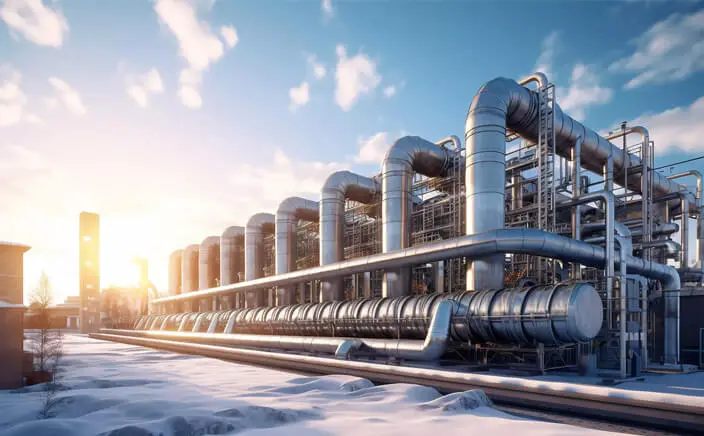Constant wattage heat cables provide reliable freeze protection and temperature maintenance but require careful handling to ensure safety and compliance. Below is a detailed guide:
1. Key Safety Considerations
Overheating Risks:
Thermostat/Controller Use: Always install a thermostat to regulate temperature and prevent overheating.
Spacing: Maintain manufacturer-recommended spacing between cable runs to avoid hot spots. Overlapping or tight bends can cause localized overheating.
Electrical Hazards:
Damage to Insulation: Inspect cables regularly for cuts, cracks, or exposed wires. Replace damaged sections immediately.
Grounding: Ensure proper grounding to reduce shock risks.
Environmental Factors:
Moisture/Chemical Exposure: Use cables with jackets rated for wet locations (e.g., XLPE insulation) if exposed to moisture or chemicals.
Ambient Temperature Limits: Do not exceed the cable’s maximum operating temperature (e.g., 65°C for some polymer-jacketed cables).
2. Compliance with Electrical Codes
NEC (National Electrical Code) in the U.S.:
Article 424: Covers installation requirements for heating cables, including wiring methods, grounding, and overcurrent protection.
GFCI Protection: Required for outdoor or wet-location installations (e.g., gutters, roofs).
International Standards (IEC):
IEC 60529 (IP Ratings): Ensure cables meet ingress protection standards for the environment (e.g., IP68 for submerged applications).
CE Marking: For use in European markets, cables must comply with relevant Low Voltage Directives (LVD).
Local Amendments: Always check regional/municipal codes for additional requirements (e.g., fire-rated jackets in commercial buildings).
3. Application-Specific Compliance
Hazardous Locations:
Use cables certified for Class I, Division 2 or ATEX Zone 2 environments if installed in areas with flammable gases/vapors.
Plumbing Codes:
Adhere to local plumbing standards (e.g., UPC or IPC) when installing cables on water pipes to avoid damaging pipe integrity.
Building Codes:
Ensure cables comply with fire safety ratings (e.g., NFPA 70 for NEC compliance in the U.S.).
4. Testing and Inspection
Pre-Installation Checks:
Verify cable continuity and insulation resistance using a megohmmeter.
Confirm compatibility with thermostats/controllers.
Post-Installation:
Perform infrared thermography to detect hot spots.
Test GFCI outlets monthly in wet locations.
Regular Maintenance:
Inspect cables annually for physical damage.
Recalibrate thermostats periodically.
5. Training and Documentation
Installer Qualifications:
Hire licensed electricians familiar with heat cable installations.
User Manuals:
Provide operators with manufacturer guidelines for operation, troubleshooting, and emergency shutdown.
Recordkeeping:
Maintain logs of installations, inspections, and repairs for compliance audits.
6. Common Hazards and Mitigation
Hazard Mitigation
Electrical Shock Use GFCI protection; avoid damaged cables.
Fire from Overheating Install thermostats; follow spacing guidelines.
Premature Cable Failure Avoid physical stress (e.g., sharp bends); use strain reliefs.
Energy Waste Optimize thermostat settings; insulate pipes to reduce heat loss.
Best Practices
Professional Installation: Complex layouts (e.g., roof de-icing) should be installed by certified professionals.
Manufacturer Support: Contact suppliers for application-specific guidance (e.g., cable selection for high-altitude installations).
Warranty Compliance: Follow manufacturer instructions to maintain warranty validity.
By prioritizing safety protocols, adhering to codes, and conducting regular inspections, constant wattage heat cables can be used effectively while minimizing risks. Always consult local authorities and manufacturers for updated guidelines.







